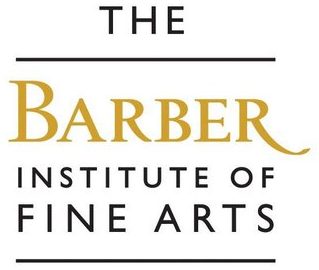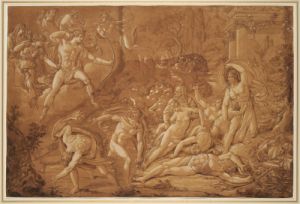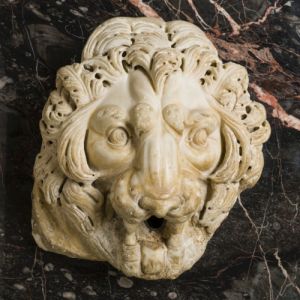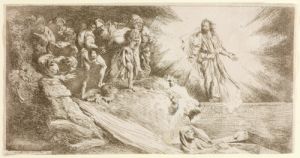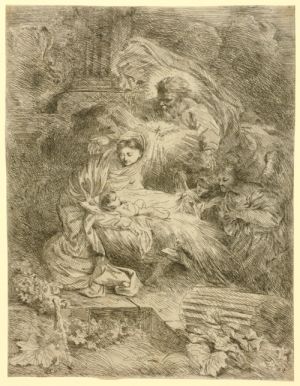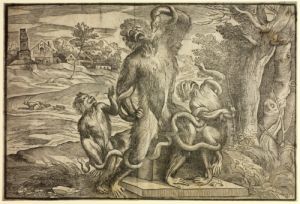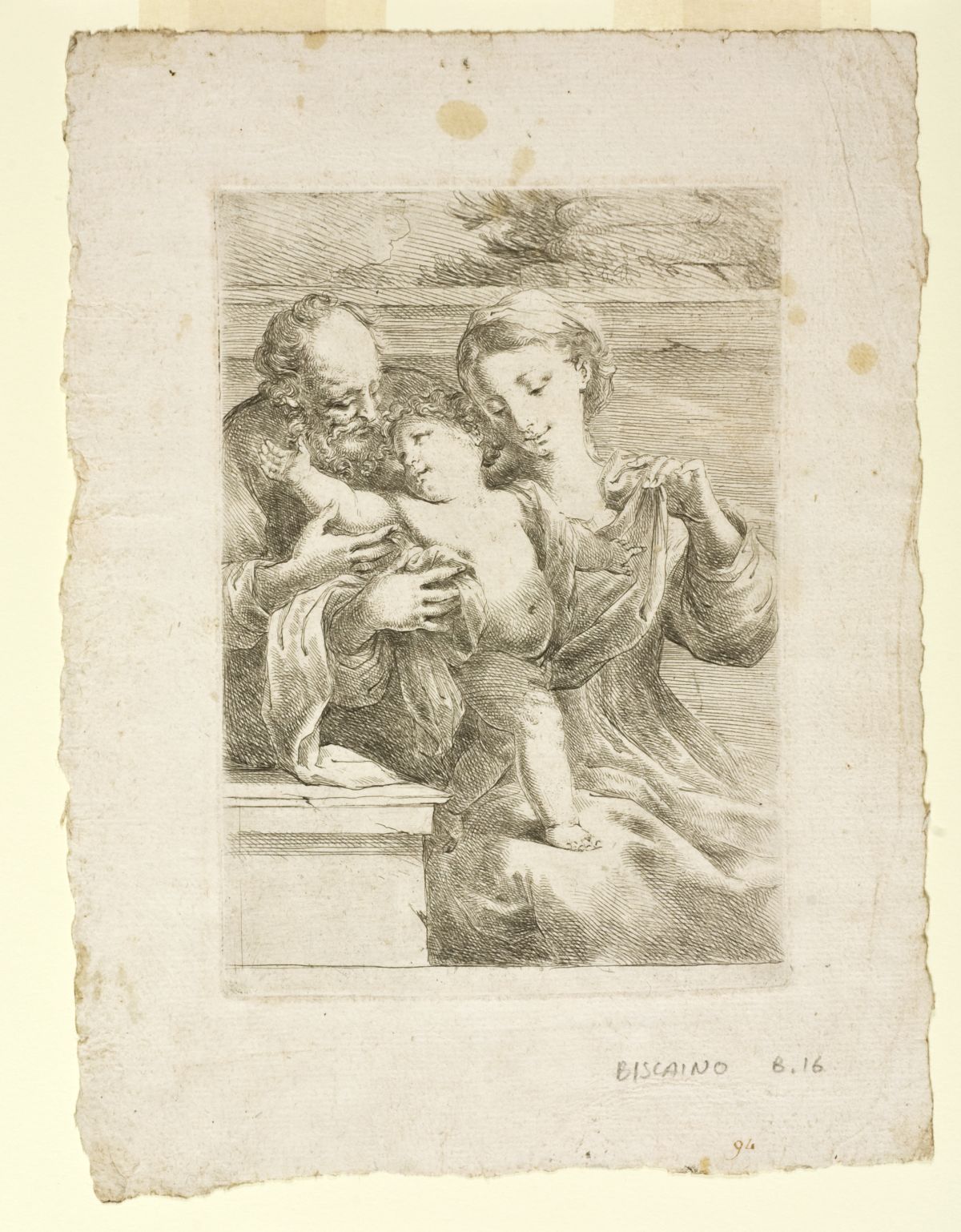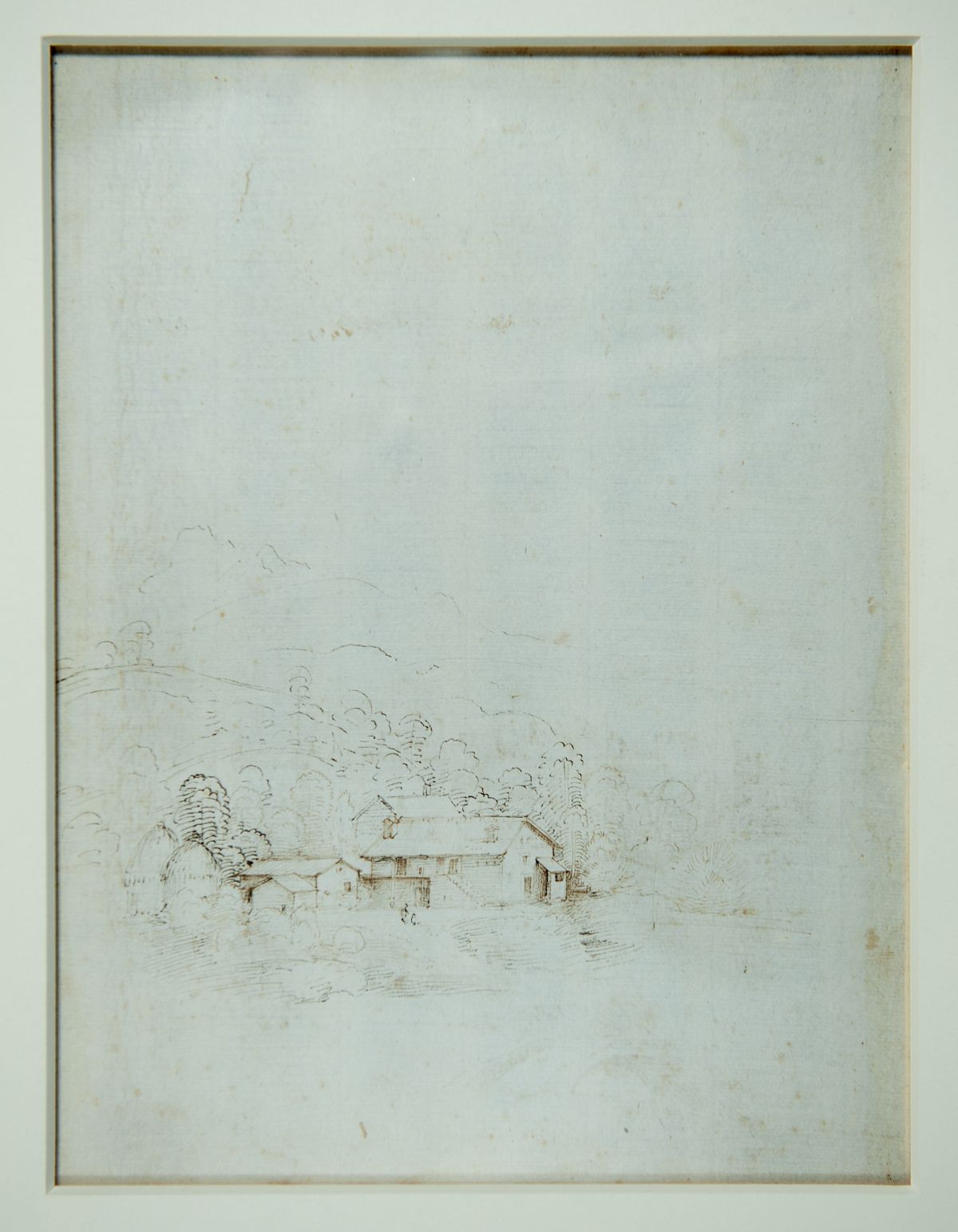Conrad Martin Metz (1749-1827)
The Death of the Children of Niobe Rome, 1820 Pen and brown ink and wash, heightened with white 454 x 684 mm Metz lived in Rome from 1801 until his death in 1827. This highly-worked presentation drawing treats the slaughter of Niobe’s seven sons and seven daughters by Apollo and Diana, a subject from Ovid … Read more
